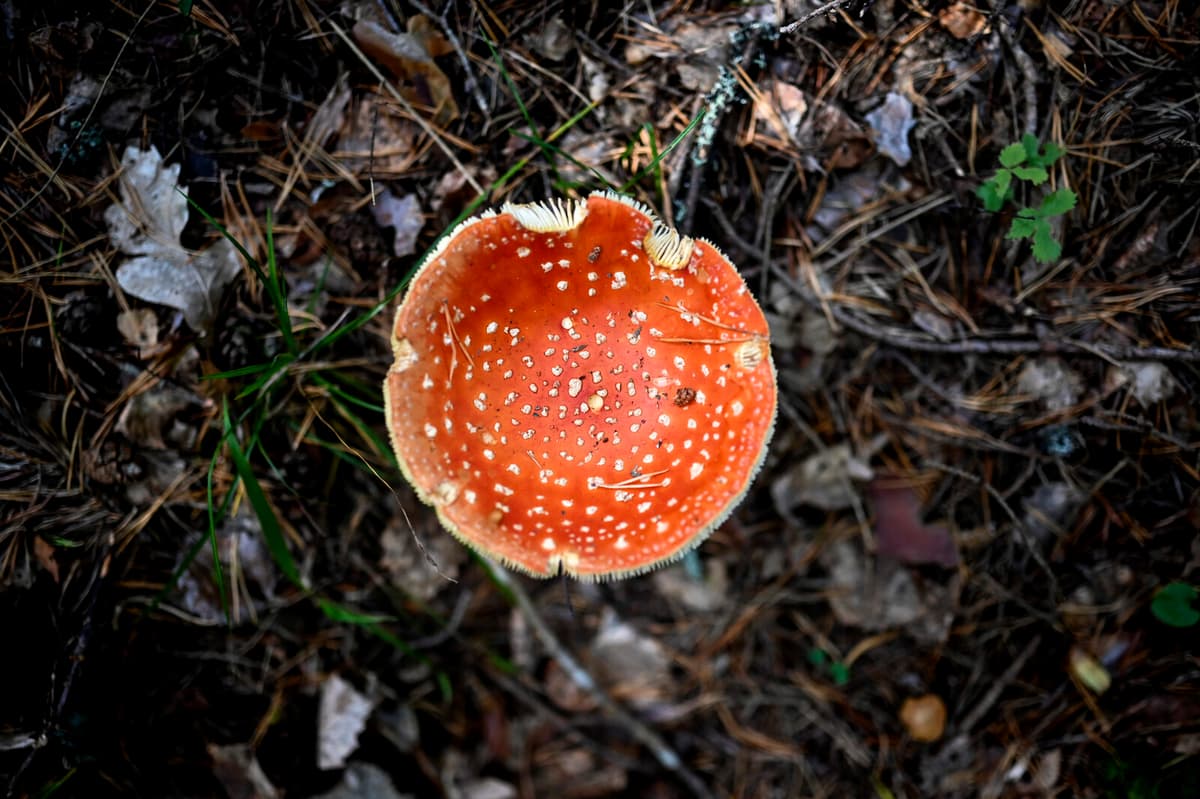Two years after the first season of the series "The Last of Us" premiered, it's soon time for the sequel. The series, which is based on a game with the same name, takes place in a post-apocalyptic USA where humanity is threatened by a fungal infection that spreads and turns people into zombie-like creatures.
A nightmare story, it may seem, but according to researchers and fungal experts, not entirely unlikely. Ahead of the second season, which premieres on April 13, a trailer has been released that appears to show fungal zombies infecting people by releasing airborne spores.
Into the Brain
And that's exactly what real fungi can do, researchers mean. A type of fungi, Cordyceps, which appears in the series, takes over the brains of insects and alters their behavior. For example, they thrive in the brains of ants and when the ants have climbed high up in a tree, they burst through the ant's head and let their spores rain down on the ground to spread.
"Fungi love to release spores", says Jim Kronstad, professor of microbiology at The University of British Columbia, in Canada, in a press release.
Increased Spread
Together with colleagues, he recently published a study in the journal Nature that suggests that climate change and warmer temperatures can lead to an increased spread of harmful fungi, similar to what happens in the series.
One example is Coccidioides, a variant that can cause serious infections in the lungs and damage to the central nervous system.
The researchers also note in the study that the fungus, Rhodosporidiobolus fluvialis, which was previously only found in nature, has also infected humans.





